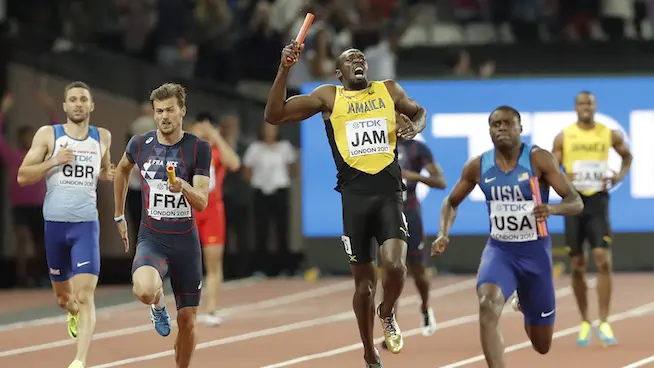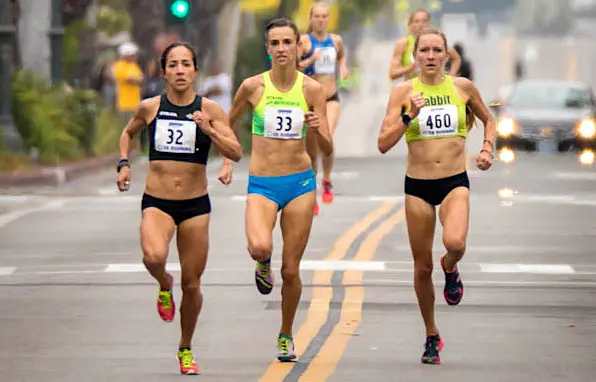The importance of our knee muscles flexibility

There is a hole in scientific research when assessing our knee muscles. While the quadriceps and hamstrings have been studied quite extensively, others, like the IT band, our adductors, and sartorius have an unknown contribution to the gait mechanics. The flexibility of the hamstring – the back of our thigh – seems to be critical […]
The anatomical alignment of the knee

It has been discussed for a long time that our pelvis/hip structure may influence the running-related injury rate. An increase of the Q-angle – the angle between the femoral bone and a vertical line – has often been described as a risk factor, putting more load on the outside part of the kneecap. Science […]
The basics of running knee biomechanics

During foot pronation, with the rearfoot fixed to the ground, your leg will usually follow the movement of your upper ankle. It means that the tibia – leg bone – being tightly locked with the talus – ankle bone -, we see a medial move of the ankle – adduction -, an internal rotation of […]
Foot orthotics and running

Foot orthotics have been proven to help with the treatment of running-related musculoskeletal injuries. 70 to 80% of people with chronic knee injuries get substantial benefits from such items. While several studies have shown a good amount of help with pain control, we do not really understand why the orthotics help so much. The mechanism […]
Foot mechanics #2

During the first half of the stance, the midfoot and the forefoot do the majority of the work, in comparison to the rearfoot. The natural movement associated with the rearfoot eversion is a combination of vertical and medial midfoot displacement. This means that a tight arch will have you compensate with the rearfoot. The arch […]
Foot mechanics #1

Starting to talk about the foot makes perfect sense. It all starts from here. Every time you land on the foot, the ground reaction force initiates there and moves up the kinematic chain. The first half of running gait is referred to as an eccentric or cushioning phase, while the second half is referred to […]
Why you should know your health insurance better

Insurance companies often have different, specific policies. Most of the time, they should provide comprehensive outpatient services coverage, to help you dealing with the significant private medical expenses in Hong Kong. The most common issue we have to deal with at the clinic is when patients forget to see their general practitioner before coming to […]
The relationship between spine flexion during lifting and low back pain

We hear it all the time. “Keep your back straight. Use your legs”. But do these popular advice really impact the pain we sustain? Back pain is a worldwide issue, but there is so little evidence about what truly helps with its management. A recent study reviewed the risks of keeping your back flexed when […]
Best and worse foods during healing

Proliferation and remodeling phase After the initial “inflammatory soup” which starts most healing processes, you want to increase your protein, healthy fats, and omega 3’s intake, Proteins help with remodeling and rebuilding – white, lean meat being better than red meat. Healthy fats help the body to absorb all the essential nutrients – chia and […]
More on the Achilles tendon pain

In your running journeys, many of you will have noticed this niggling stiffness or soreness around the back of your ankle or heel, particularly the morning after a longer than usual run. What is Achilles tendinopathy In some cases the soreness is minimal and you keep running through it and eventually, it goes away by […]
